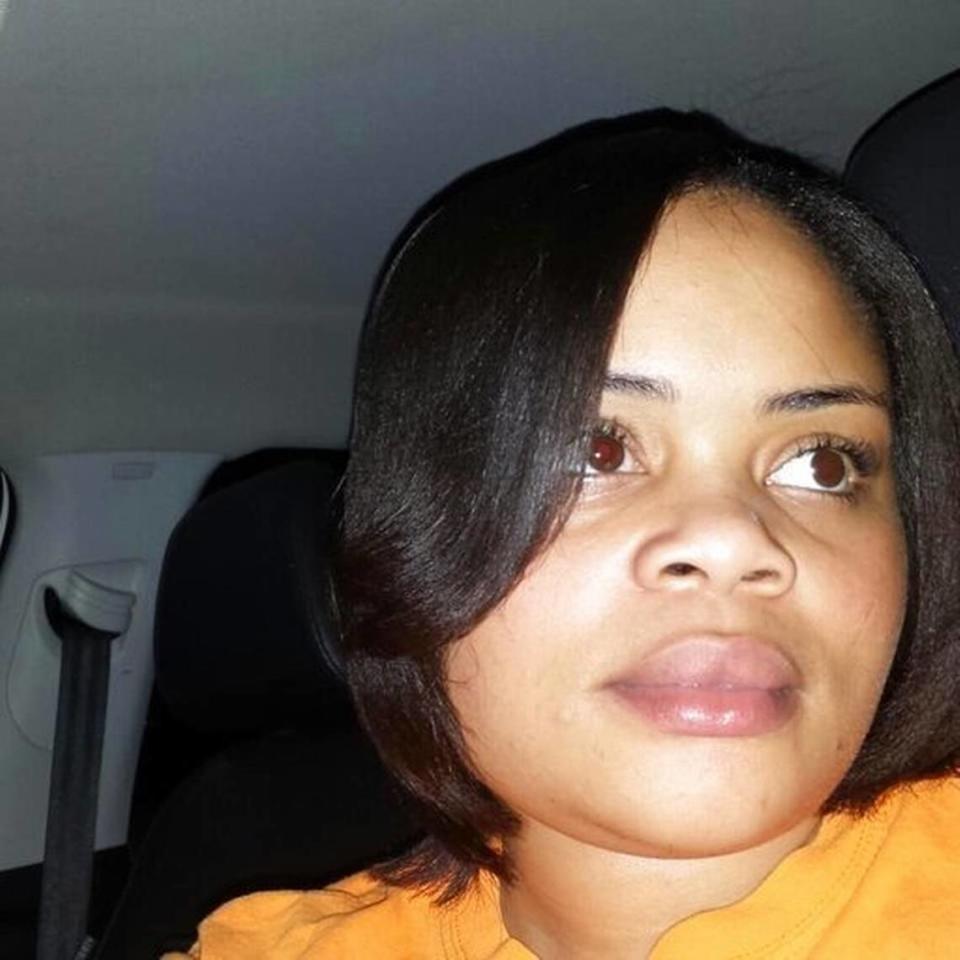Did Aaron Dean see a gun? Attorneys disagree as trial begins for former Fort Worth officer
In opening statements in the trial of a former Fort Worth police officer accused of murder, attorneys disagreed Monday whether Aaron Dean saw Atatiana Jefferson’s gun before he fatally shot her.
Prosecutor Ashlea Deener told jurors in the 396th District Court that Dean never said he saw Jefferson with a gun when he responded to a call in the early morning hours of Oct. 12, 2019. The last words Jefferson heard before Dean’s bullet hit her chest near her heart were “put your hands up, show me your hands.”
“An absolutely intentional act, an unjustifiable act that never should have happened,” Deener said.
Deener said this is not a case about a rival gang shooting or a botched drug deal. It is about a woman who was shot by a police officer in her home — a place where she should have been safe.
“She left in a body bag because of what he did,” Deener said.
The prosecution is trying to prove that Dean intentionally or knowingly caused Jefferson’s death and intentionally or knowingly committed an act dangerous to human life when he fired the gun at her, according to the indictment.
Defense attorney Miles Brissette called the shooting “a tragic accident.” He said when Dean arrived at Jefferson’s home he was confronted by a situation he had to deal with — a silhouette of Jefferson in the window holding a gun with a green laser pointed directly at him.
Brissette told the jury that Dean believed deadly force was going to be used against him and he shot Jefferson in self-defense.
“This is about facts, not emotion,” Brissette said.
The state called 11-year-old Zion Carr, Jefferson’s nephew who was with her at the time of the shooting, as the first witness.
According to Zion, his aunt told him she heard noises in the yard. She took a handgun from her purse and walked toward the window. Zion said he was playing on his Nintendo Switch at the time and he doesn’t remember hearing noises himself or seeing police officers outside. He testified Monday that Jefferson did not point the gun, but just kept it next to her while she was walking to the window.
The attorneys noted that Zion’s testimony was different in some places from what he had told the forensic interviewer immediately after the shooting. According to the defense, in that initial interview Zion mentioned seeing the officer’s badge and seeing Jefferson raise the gun. He had also told the forensic interviewer that his aunt didn’t do what Dean had told her to do.
During Zion’s testimony Judge George Gallagher removed a woman from the courtroom who the judge said was gesturing to Zion.
Dean’s trial is open to the public, and the courtroom was full. Jefferson’s three siblings and several supporters of her family attended.
A group of about 20 people, some holding signs with Jefferson’s picture, gathered on the corner in front of the courthouse to protest Dean pleading “not guilty.”
“What do we want?” a woman screamed into a megaphone. “Justice!” the protesters roared in response.
The majority of jurors for Dean’s trial are white. None of them are Black, and Cynthia Alkon, professor of law and director of the criminal law, justice and policy program at Texas A&M University School of Law, said the racial makeup of a jury matters.
“It does impact jury decision making,” she said.
According to Alkon, a person’s race is a piece of the life experience they bring into the courtroom and a factor that could affect the verdict.
“The issue here is how they are going to consider the issue of self-defense,” she said in relation to the Dean trial, adding that their personal life experiences are going to play a part in that.









